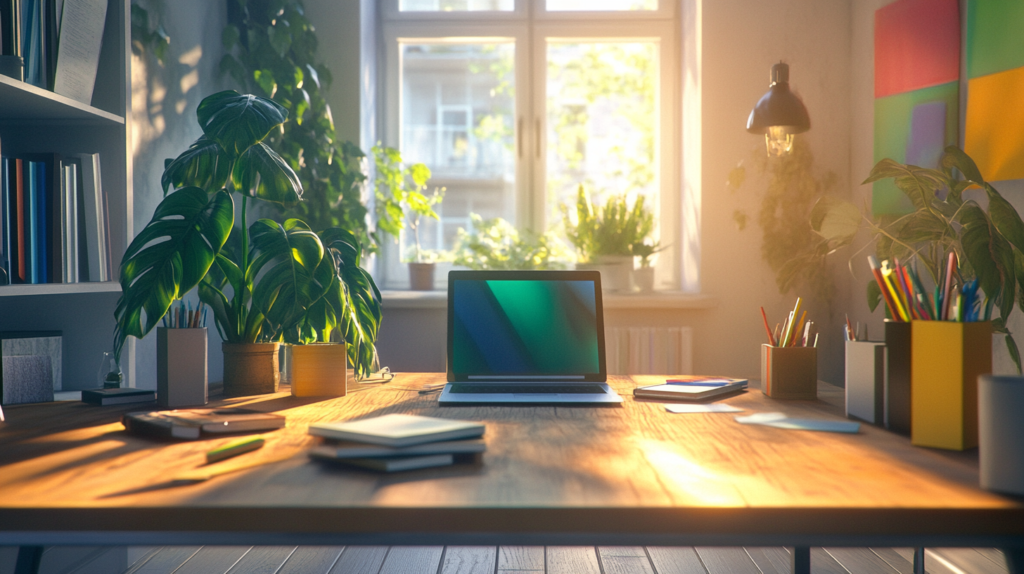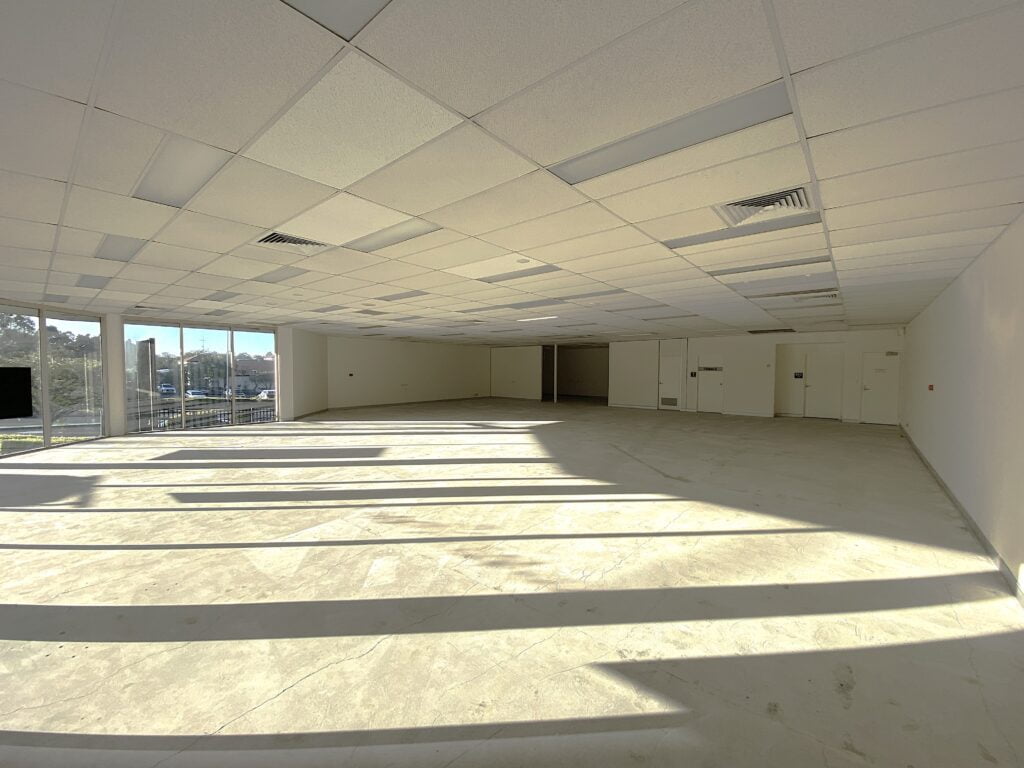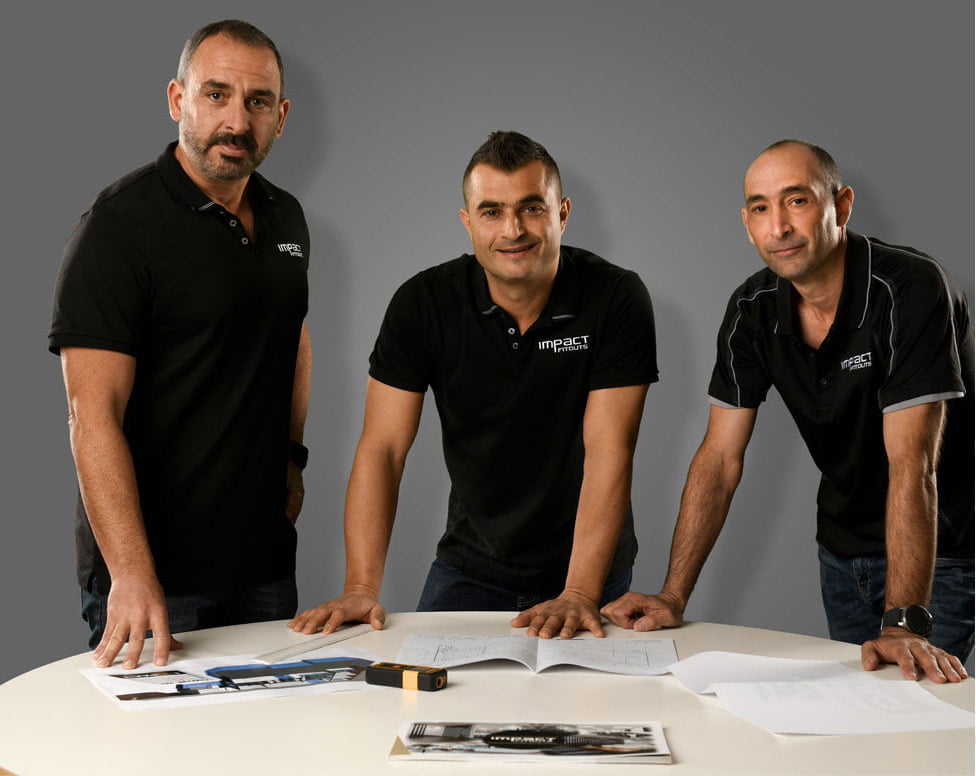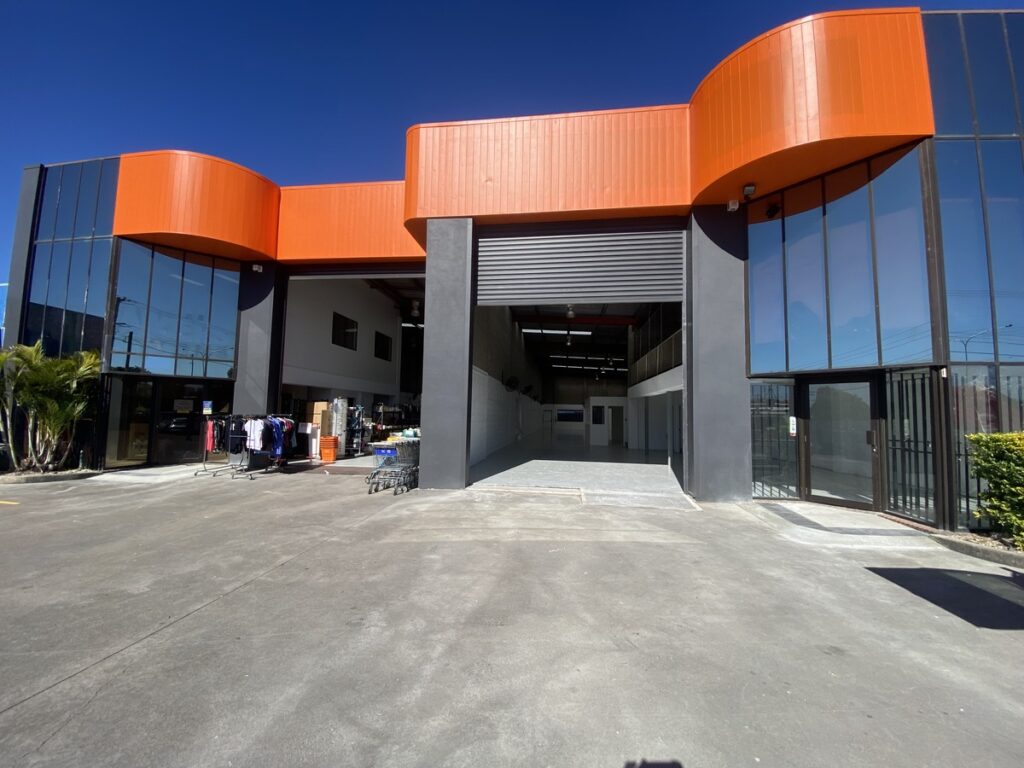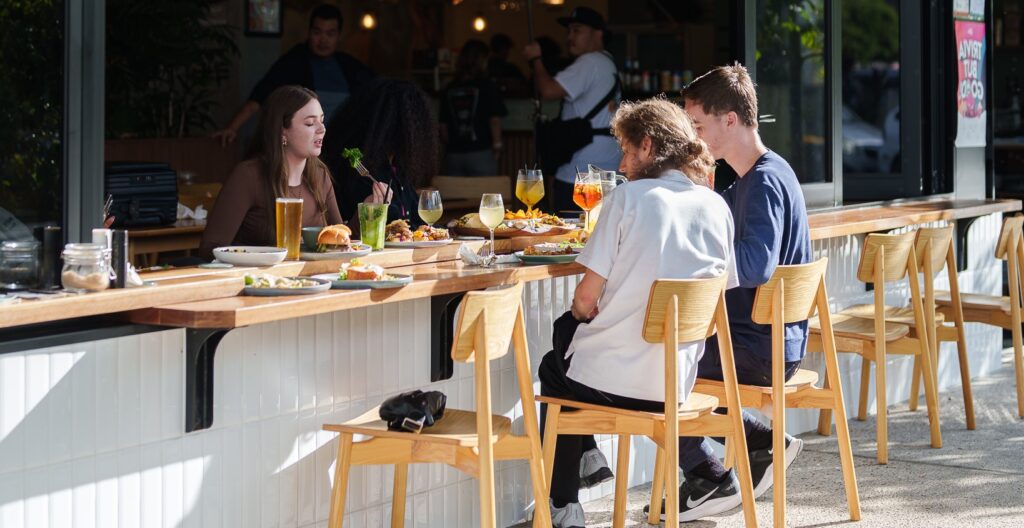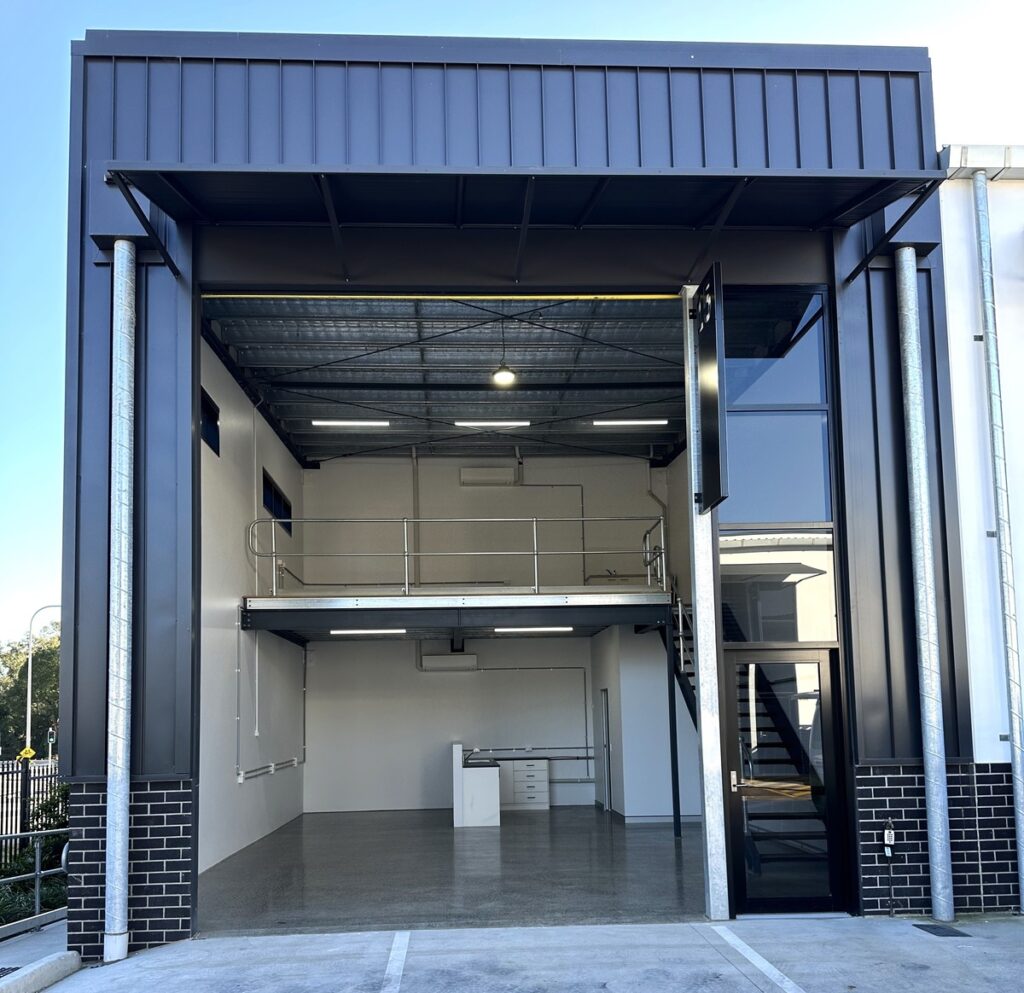Introduction: The Importance of Learning Spaces
Imagine trying to focus on a complex task in a chaotic environment. Not easy, right? That’s exactly why creating a productive learning space is crucial, particularly in tutoring settings. When a student finds themselves in a space designed to enhance both focus and creativity, they’re far more likely to thrive. It’s all about making the most of the physical environment to unlock a student’s potential—a bit like discovering gold nuggets in a sea of pebbles.
Setting the Right Tone
First things first: what’s the vibe? That’s right, every learning space should have a vibe, and not just any vibe—a suitable one. Think calm, focused, and inspiring. You wouldn’t want a disco ball hanging over your math homework, right? The environment should gently whisper ‘Let’s learn!’ rather than shout ‘Party time!’. Achieving this isn’t rocket science but requires a thoughtful blend of aesthetics and functionality.
Colours that Inspire
Now, let’s talk colours. Did you know colours could impact mental states? For instance, blue can foster calmness, while green encourages creativity. You don’t need a PhD to pick a good colour scheme, just an eye for what feels right. The aim is to create a palette that subtly augments concentration and sparks imagination, stitching together an atmosphere conducive to learning. Essentially, it’s about painting a picture of success.
Ergonomics and Comfort: A Solid Foundation
Ergonomically designed furniture helps maintain posture, preventing physical strain and boosting concentration. Whether you’re setting up a tutoring space in Brisbane or in another state like NSW (if in NSW might be worth contacting fitout company Sydney company EvoBuild Group), the goal is the same: create environments where students can focus without distraction. Give that sore back a break; after all, the mind can’t effectively wander when the body’s in discomfort.
Lighting: Illuminating Minds
The light bulb moment isn’t just a myth—it’s rooted in the right lighting. Natural light is your best ally, helping keep energy levels high and eyestrain low. But when the sun dips, embrace warm artificial lights instead of harsh fluorescents. Remember, a well-lit space is like a clear path: it shows you where you’re going, even if you can’t see every step just yet.
Minimising Distractions
Ah, distractions—every student’s nemesis. Reducing clutter and integrating storage solutions can work wonders. A tidy room may just lead to a tidy mind. Think of it as a mental declutter, where what’s left is only what’s truly needed for success. Minimalism, in this case, becomes more than an aesthetic choice—it’s a strategy.
Incorporating Technology Thoughtfully
In the age of digital learning, technology isn’t just a tool—it’s an extension of the classroom. But like seasoning in cooking, it must be added thoughtfully. Interactive whiteboards and tablets can amplify lessons, making learning vivid and engaging. Still, moderation is key; tech should enhance teaching, not replace foundational skills or breed distractions.
Personal Touch: Making It Your Own
Every student is different, so why should their learning space be cookie-cutter? Personalisation, within reason, offers a sense of ownership and comfort. Encourage touchpoints of individuality, perhaps through small decor or motivational quotes that resonate personally. It’s like adding sprinkles to a cupcake—those little things make it theirs and theirs alone.
Integration of Flexible Spaces
Learning isn’t always a stationary activity. Sometimes you need to spread out, get a little comfortable, and maybe even roll around (within limits, of course). Include spaces that allow for movement and flexibility. These adaptable spaces can cater to varied activities, from collaborative projects to quiet study sessions, ensuring the environment fits the student, not the other way around.
The Impact of a Well-Designed Space
At the end of the day, a well-designed learning space doesn’t just teach—it inspires. A harmonious environment can galvanize students, helping them leap hurdles that once seemed insurmountable. It’s not merely about creating a backdrop—it’s about constructing a stage upon which learners can perform their best work. We’re not just dressing a room; we’re setting the scene for tomorrow’s bright minds.
Conclusion: Crafting a Better Future
Ultimately, investing in well-designed learning spaces is like planting seeds. Over time, they bloom into profound educational journeys filled with focus, creativity, and achievement. So, whether you’re sprucing up a corner or revamping an entire room, remember: the time and thought you invest in creating a productive learning space is a direct investment in a student’s future. Now, who wouldn’t want a slice of that success pie?

